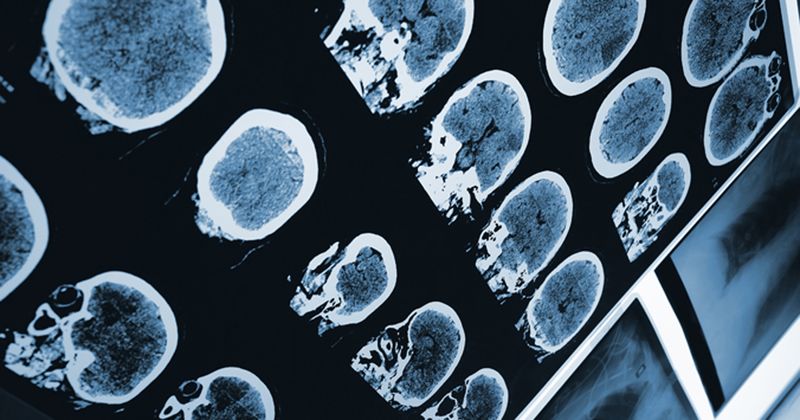Visual field, pupillary defects among risk factors linked to abnormal neuroimaging in ED
Key takeaways:
- Visual field defects, afferent pupillary defects and abnormal optic discs were associated with positive neuroimaging findings.
- Among patients with neuro-ophthalmological complaints, 77.3% reported blurry vision.
Visual field irregularities, afferent pupillary defects or abnormal optical discs were associated with positive neuroimaging findings among patients presenting to the ED with neuro-ophthalmological complaints, according to a study.
“Neuro-ophthalmological emergencies are one of the most challenging presentations that require urgent evaluation and management to avoid vision or life-threatening sequelae,” researchers at the American University of Beirut wrote in Medicine. “The differential diagnosis is often broad, and the presenting chief complaints include eye pain, blurred vision, vision loss, diplopia, ptosis and positive visual phenomena (flashes, dots, lights, or colors). Hence, emergency physicians are often faced with the challenge and need for prompt imaging and consultations.”

In a retrospective, cross-sectional study of electronic medical records of patients presenting to the ED at American University of Beirut Medical Center between January 2012 and September 2019, researchers examined 211 cases involving neuro-ophthalmological complaints.
More than half of patients had unilateral eye complaints (53.6%), with blurry vision (77.3%) and headaches (42.2%) among the most commonly reported symptoms.
According to results, complaints of blurry vision or visual field changes were significantly associated with positive findings on neuroimaging, as was having a visual field defect, abnormal pupil reactivity, afferent pupillary defect or an abnormal optic disc examination upon presentation to the ED.
“These findings — when combined with the proper clinical setting — should lower the threshold to proceed with neuroimaging in the emergency department,” researchers wrote. “Based on our results, larger-scale studies might lead to a well-structured algorithm to be followed by ED physicians in decision making.”

